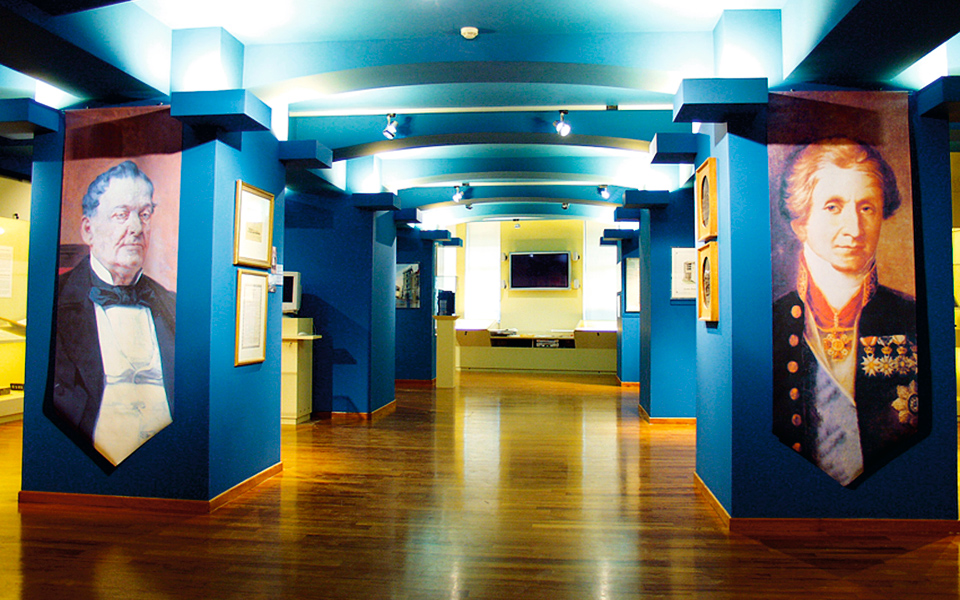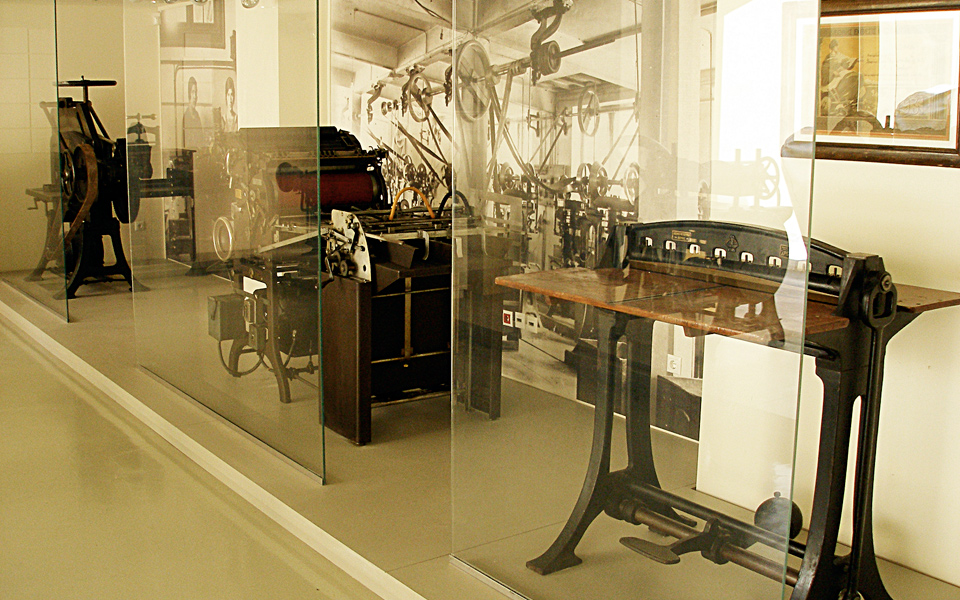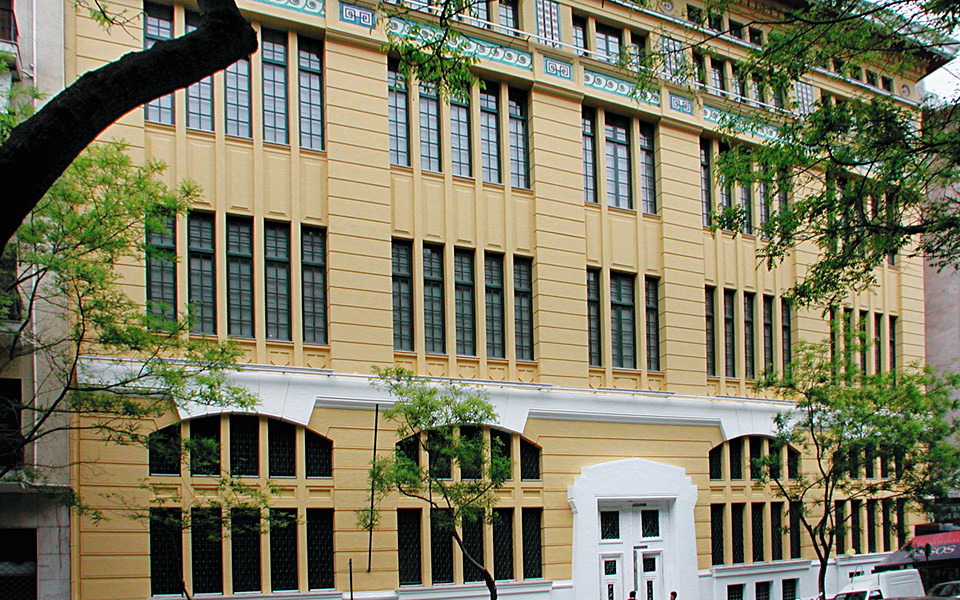The Historical Archive of National Bank of Greece (NBG) is located in a unique historical structure known as the Diomedes Building, at 146 Tritis Septemvriou Street. This area of Athens has been subject to urban decay in recent decades, but the elegantly restored Diomedes Building stands as a proud and optimistic reminder of the neighborhood’s heyday.
Ever since NBG was first established in 1841, it took special pains to preserve and store every kind of bank document, as well as its equipment and other assets, both for practical and historical – and sometimes sentimental – reasons.
The NBG’s first organization chart, prepared in 1842, designates the head of incoming/outgoing documents as the person responsible for keeping the institution’s records. In 1894, a General Records index was published for the first time.
By order of NBG governor Ioannis Drosopoulos, dated 20 July 1938, an effort was made to distinguish those records, or archival materials, that were of significance for the writing of a history of the first 100 years of the bank. However, the outbreak of the Second World War and foreign occupation meant that this ambitious project had to be shelved.

“It organizes educational programs, is engaged in publishing and offers know-how to visitors and researchers as well as learning and training opportunities to school pupils and university students.”
The Historical Archive was formally established in 1962 under the management of Dimitrios Helmis, under an order issued on 19 October. However, shortly afterwards the military dictatorship of 1967–74 led to the suspension of its operations until further notice.
It was not until 1977 that the then governor of NBG, Professor Angelos Angelopoulos, reinstated the operations of the Historical Archive, recognizing the significant role that it should play in safekeeping the documents recording the bank’s history as well as the economic history of the Greek state, with which the bank has been so closely associated since its establishment.
The contribution of the NBG Historical Archive to promoting and fostering scientific research includes the presentation of important and specific perspectives on the social, cultural and political developments and activities of the country by means of its diverse archival, historical, research, publishing and educational activities. In addition, the application of innovative technologies for the archiving, safekeeping and showcasing of the Historical Archive’s documents ensures their proper management.
The Historical Archive not only holds the archival material generated by NBG itself, but also records and collects items from other companies that, for one reason or another, have come into its possession over the years and are considered to comprise an important part of the country’s cultural heritage.

Despite the adverse circumstances of our time, the NBG Historical Archive is making the most of the limited economic resources at its disposal, working tirelessly and undertaking initiatives such as the organization of exhibitions and hosting of artistic events run by key social bodies such as the KETHEA rehabilitation center.
It is open not only to scholars of related scientific and academic fields, but also to the wider public. It also organizes educational programs, is engaged in publishing and offers know-how to visitors and researchers as well as learning and training opportunities to school pupils and university students.
The NBG Historical Archive’s state-of-the-art equipment and cutting-edge infrastructure, coupled with a broad spectrum of specialized activities ranging from archiving to conservation, and from microfilming to digitization, all combine to make it an exemplary organization that is in step with current developments and serves the community in which it operates.











